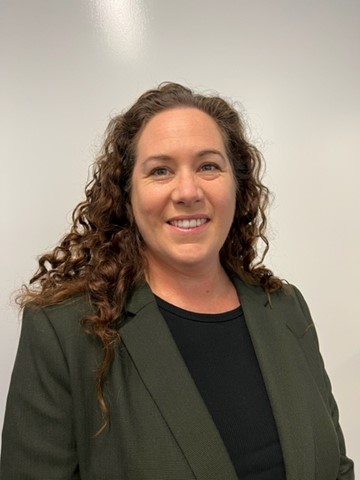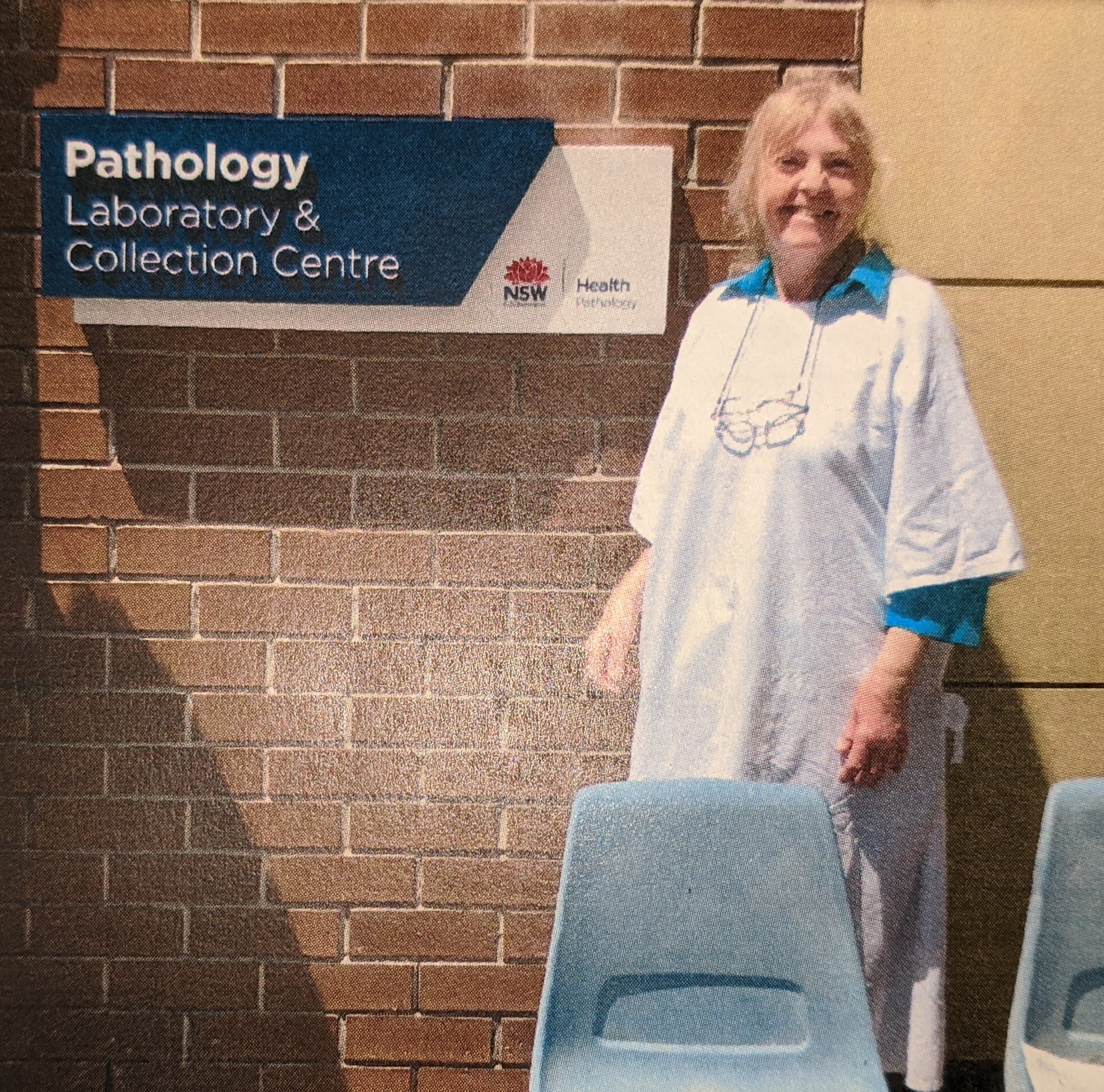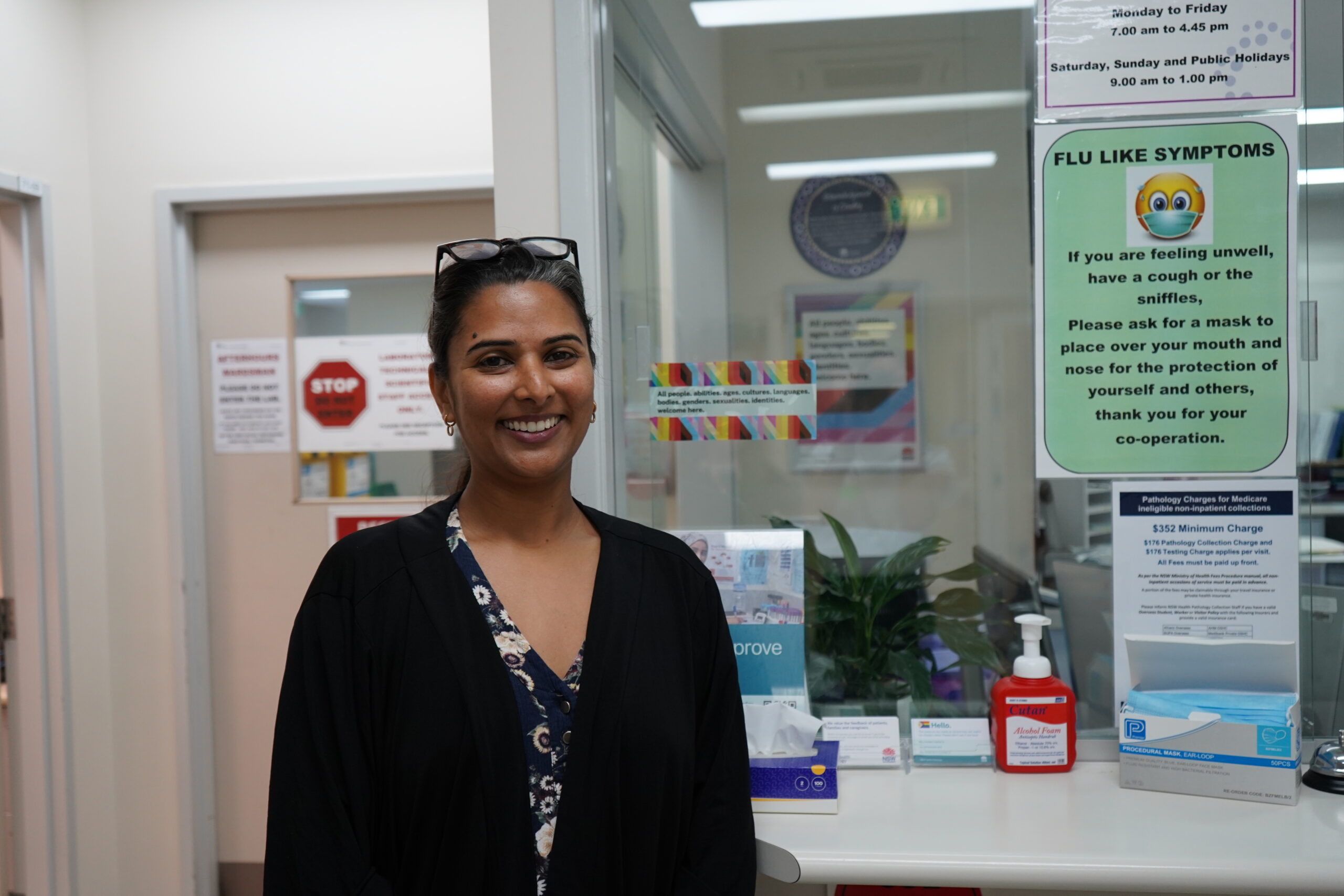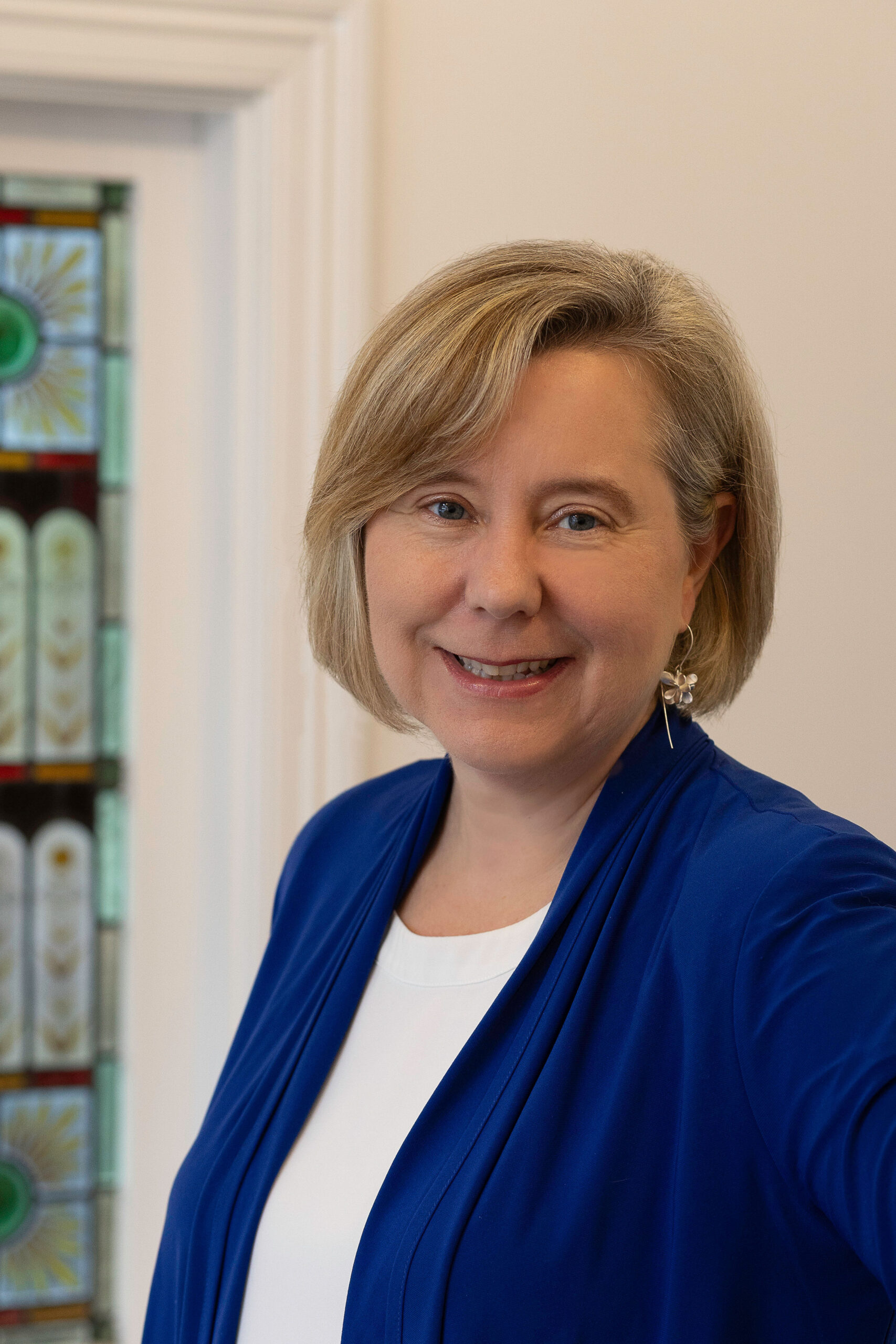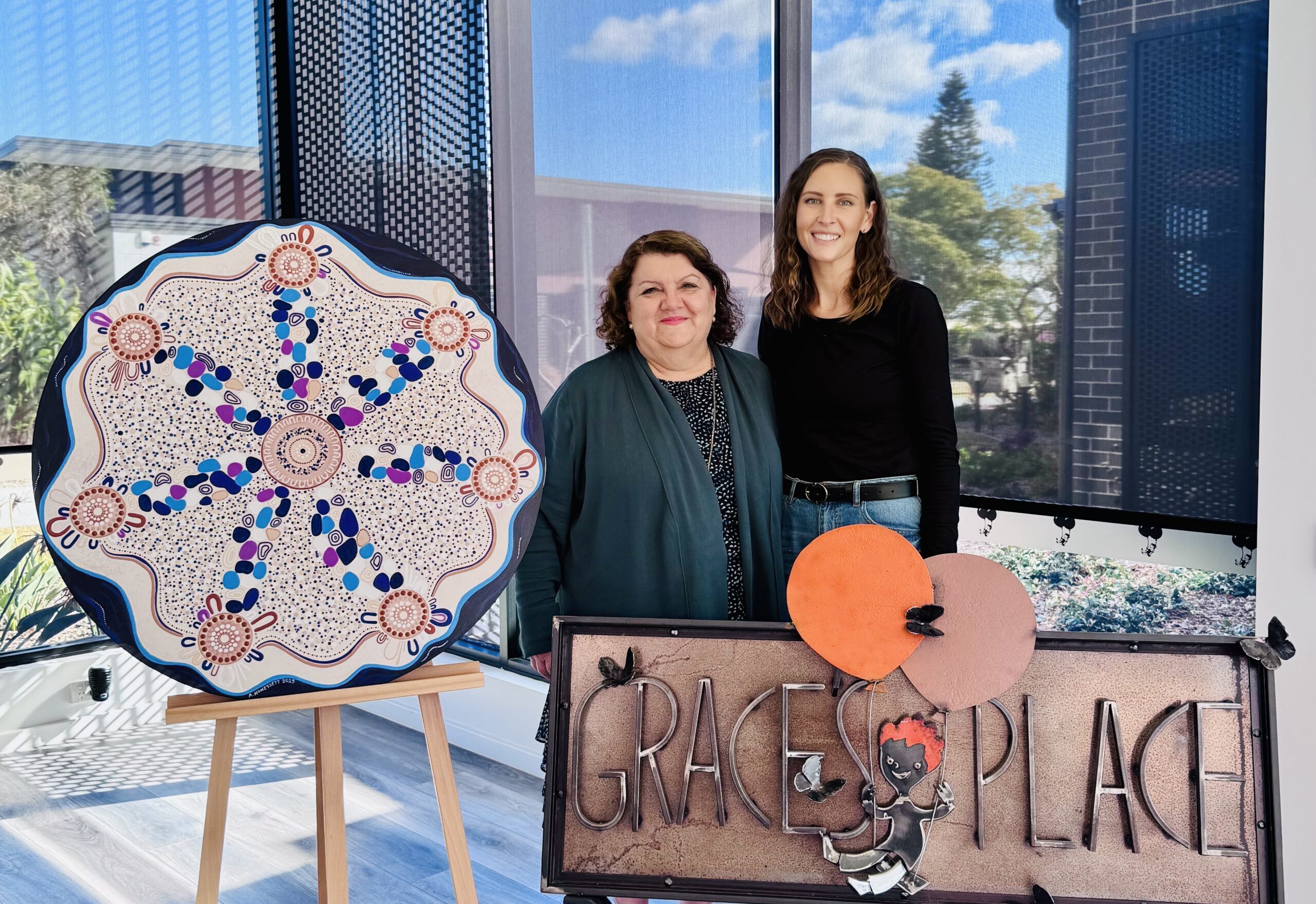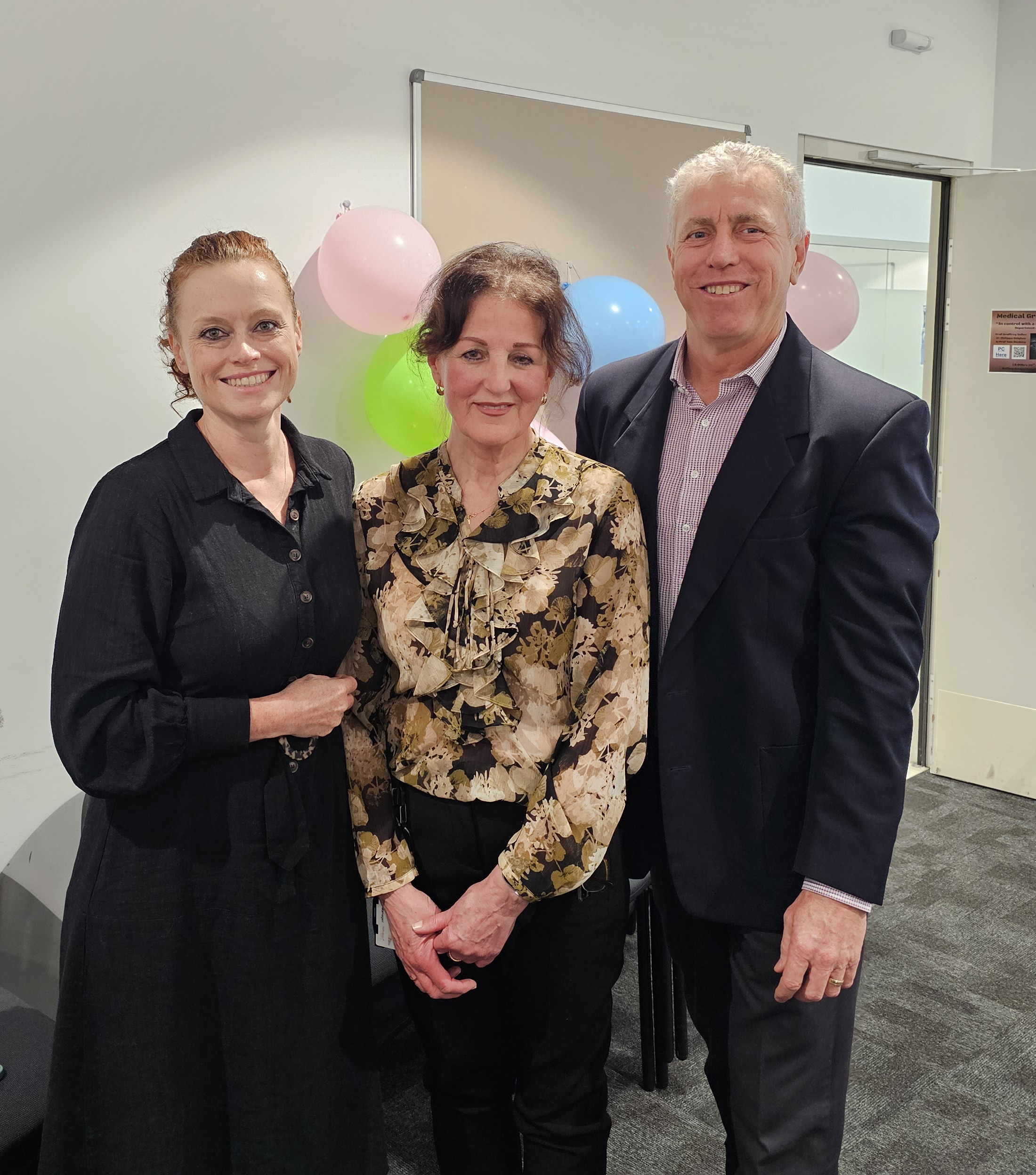Media Contact
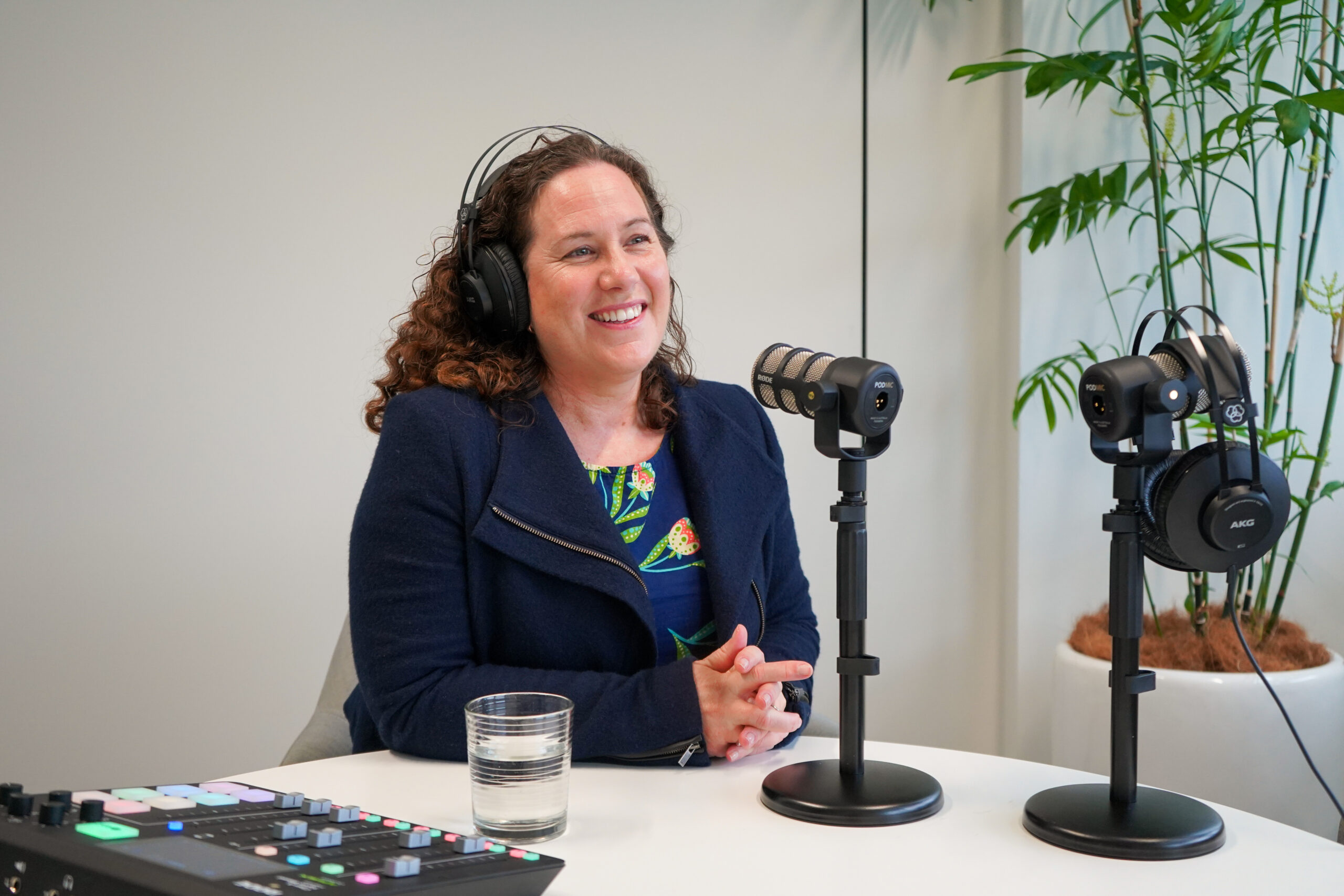
NSW Health Pathology has launched its own podcast – Pathologically Speaking. It’s where you’ll meet some of the best and brightest people working behind the scenes to protect and enhance the health, safety and wellbeing of our communities at all stages of life.
We are releasing new episodes each week and we take some deep dives into some fascinating topics.
We talk forensics, genetics, pandemics, and delve into some of our organisation’s most interesting backstories.
Your host, Liz Farquhar, chats to a fantastic line up of guests about their roles at NSW Health Pathology, their background, interesting stories of their job, discoveries, breakthroughs, career tips, personal and professional triumphs and hurdles, and the power of curiosity when finding the answers that matter to people.
Liz worked as a journalist with the ABC for more than 27 years before joining NSW Health Pathology in 2022 as the media relations manager.
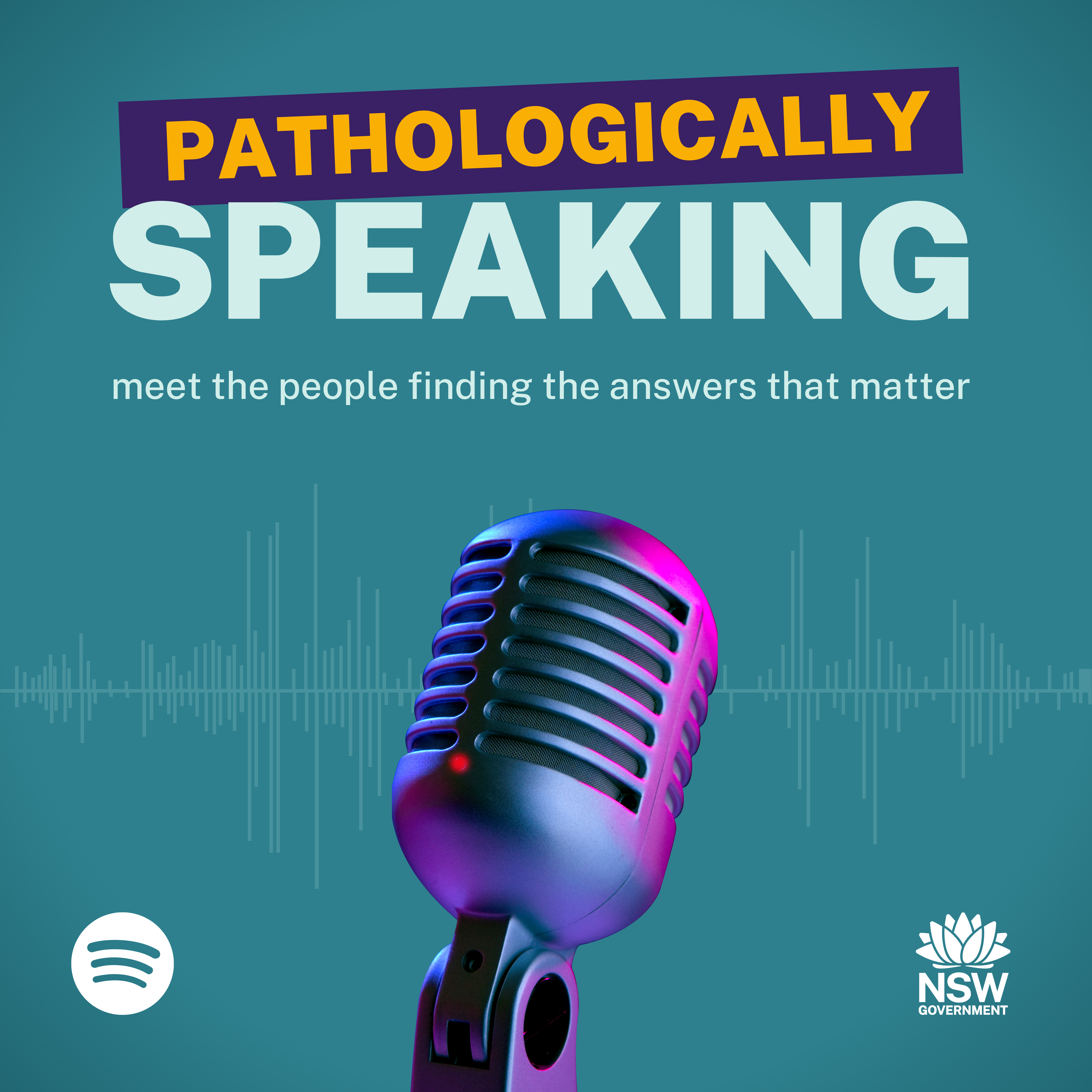
“I knew soon after arriving here that this was the perfect place to launch a podcast,” Liz said.
“There is so much incredible work going on throughout the organisation, stories that very rarely get told and this was a chance to bring some of that work and the amazing people behind it into the spotlight,” she said.
“A lot of people in pathology are used to working behind the scenes, but the work they do plays such a vital role in keeping us all safe and healthy as a community, I’m so grateful they’ve taken the time to step out of the lab and the office to share their stories.
“The podcast is about letting people know how vital pathology services are, things you may not even realise are being done in the laboratory of your local hospital.”
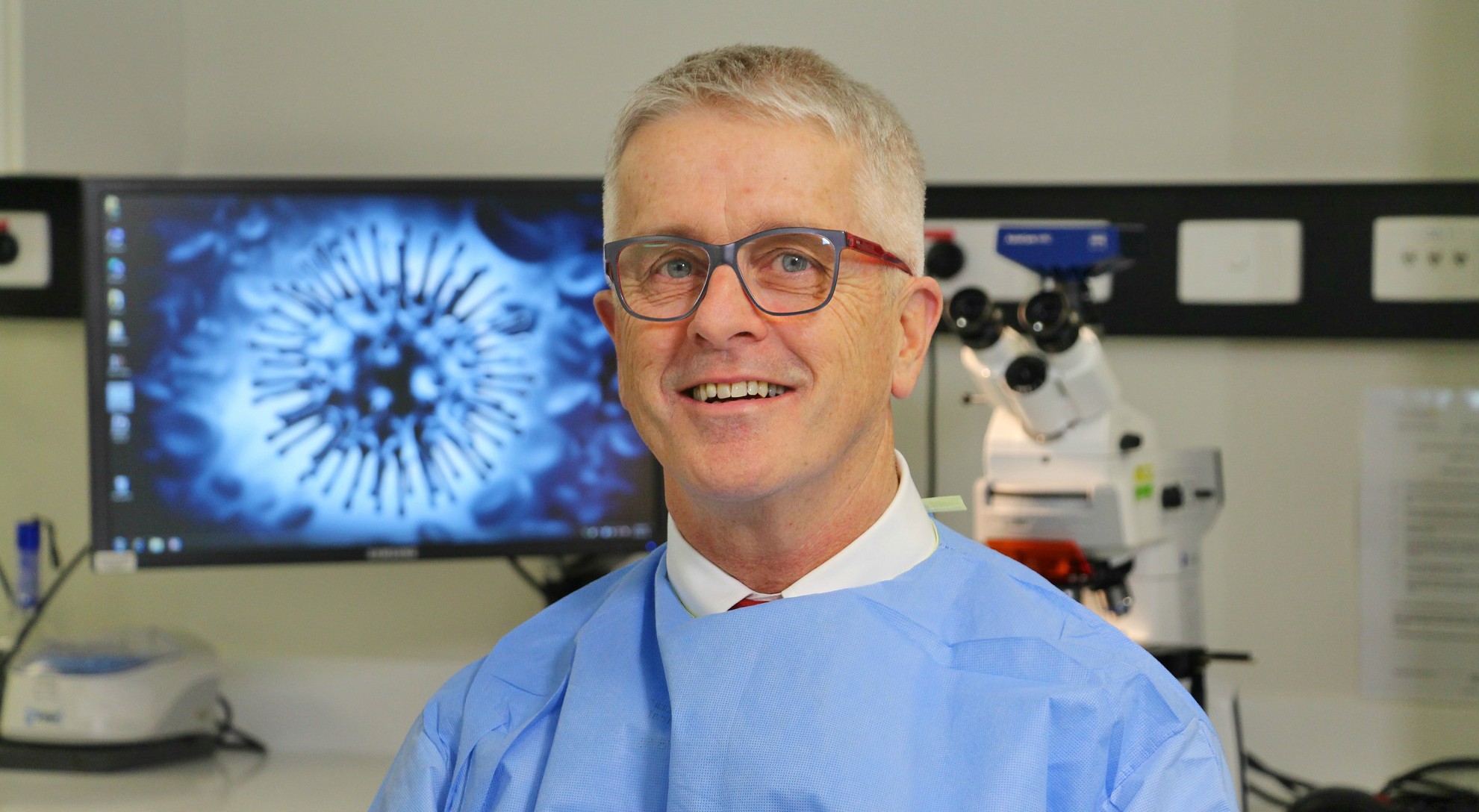
In the first episode Liz talks to Professor Dominic Dwyer, a world-renowned medical virologist and public health physician about his extraordinary career spanning more than four decades and dedicated to researching, diagnosing and treating infectious diseases.
He became the public face of pathology services during the COVID-19 pandemic and was the only Australian selected by the WHO to travel to China to investigate the origins of the virus.
Prof Dwyer reveals what he considers his most rewarding work and how working in western Sydney changed his perspective on public health.
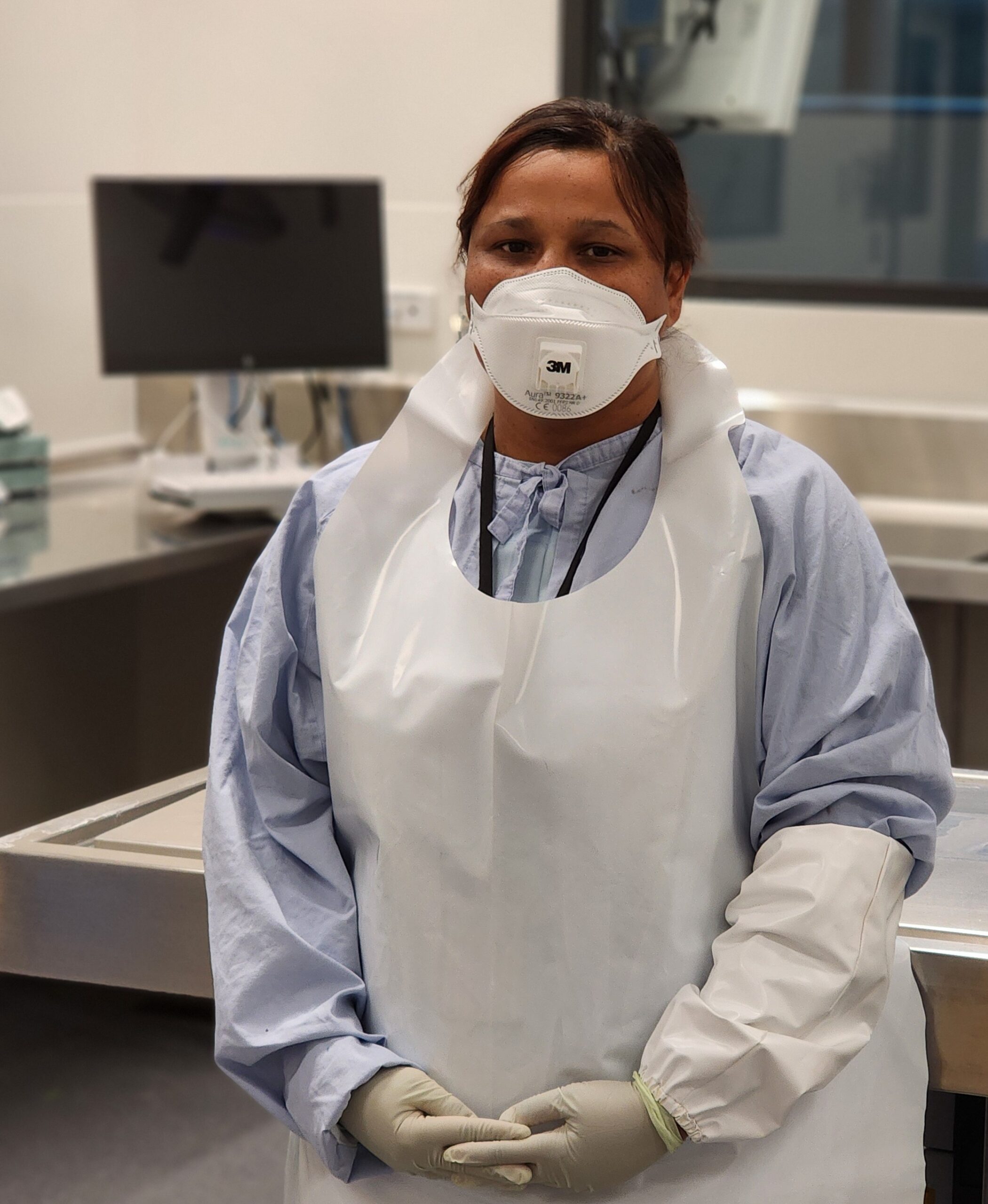
Next, Liz interviews Senior Forensic Pathologist Dr Sairita Maistry about what drew her to forensic pathology as a young woman growing up in South Africa, and why she recommends medical students take time to consider forensic pathology as a career pathway.
Dr Maistry describes how NSW Health Pathology’s Forensic Medicine Service operates within the Coronial system, providing answers when there is an unexpected or unexplained death referred to the Coroner.
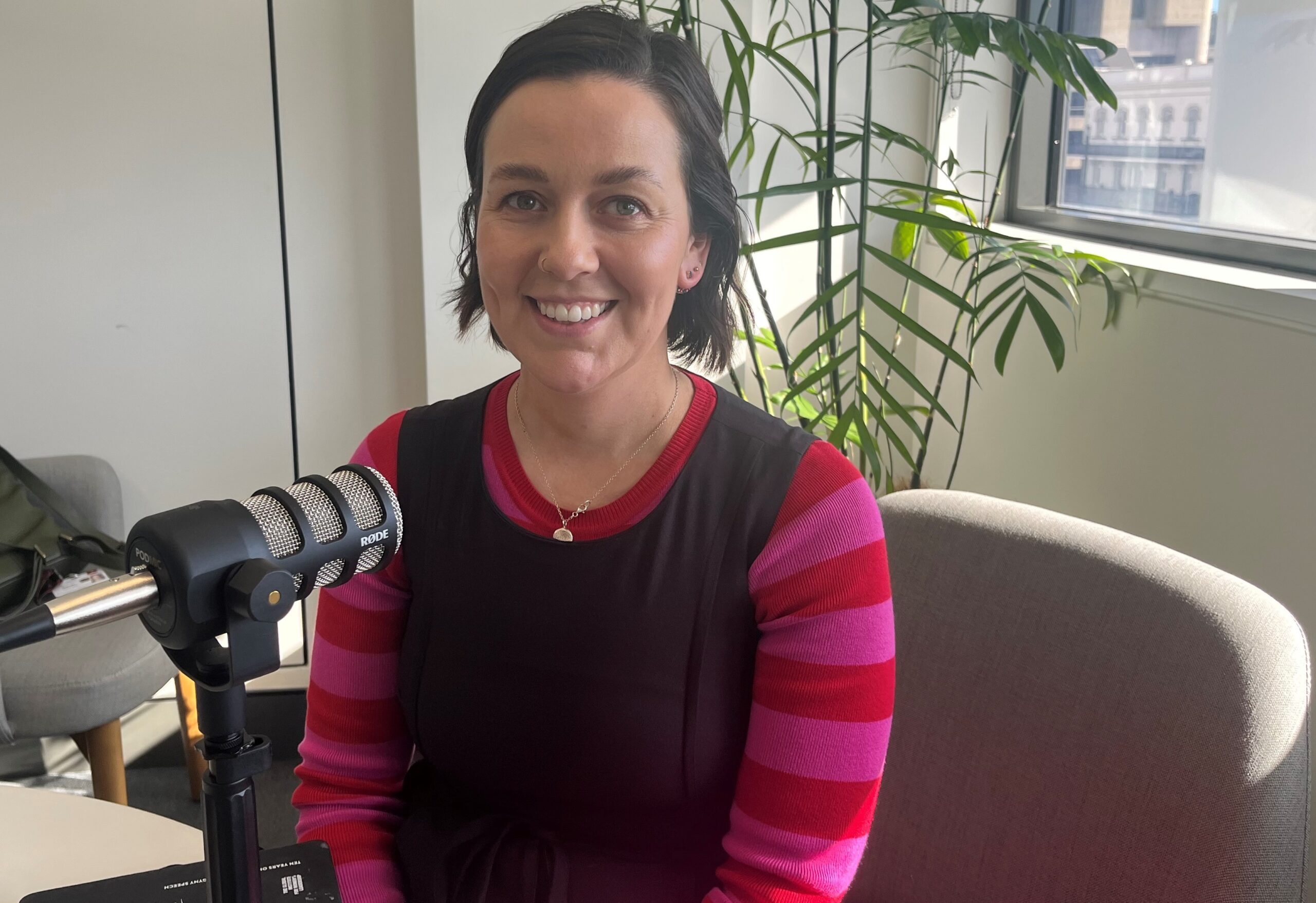
Then we take you into the blood transfusion lab at Newcastle’s John Hunter Hospital. Liz sits down with Kamilaroi woman and Senior Medical Laboratory Scientist in charge of Blood Transfusion, Sarah Dimmock.
Sarah explains what happens to the precious blood donations that arrive daily in our major hospitals, how we determine whether the blood will match each patient, and the extraordinary work that goes into ensuring that it’s ready when it’s needed most – and we don’t waste a drop.
And that’s just the start.
We also speak to renowned melanoma expert and joint Australian of the Year, pathologist Richard Scolyer about his groundbreaking work in the treatment of the deadliest form of skin cancer and his own battle to beat brain cancer.
Medical entomologist and mozzie expert Cameron Webb explains how the Sydney Olympics played a crucial role in determining his career path and reveals a secret talent for creating music.
We find out what being an authentic leader means to our Chief Executive Vanessa Janissen.
We’ll also bring you the incredible stories of what went on at Australia’s largest public pathology service during the COVID pandemic and the latest on genomics and precision, personalised cancer treatment.
Pathologically Speaking is available on Spotify, YouTube, Apple Podcasts, and iHeartRadio and you can find the latest episodes here.

